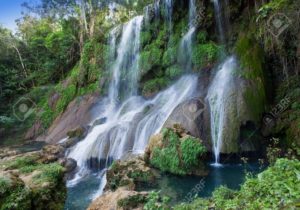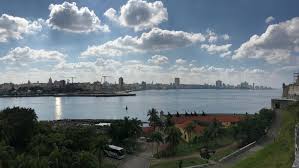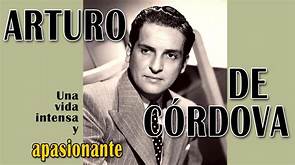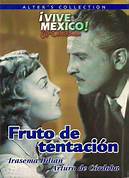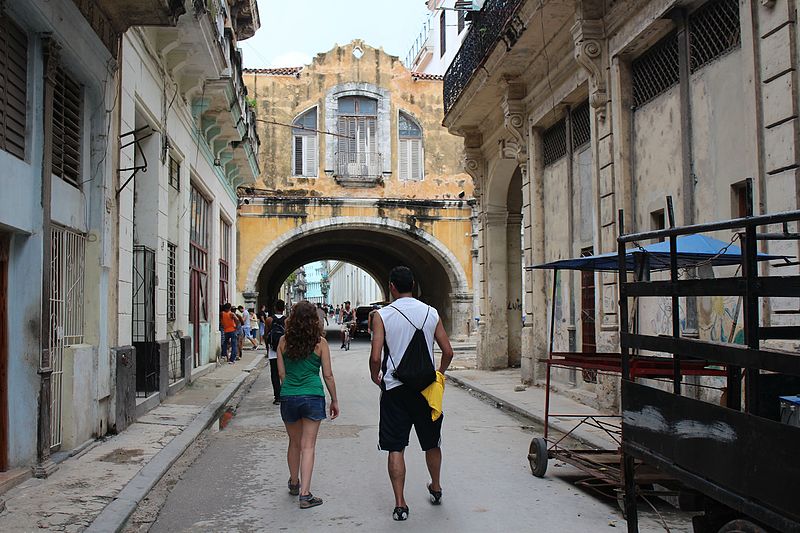SOROA, PINAR DEL RÍO, CUBA, EL ORQUIDEARIO MAS HERMOSO Y GRANDE DEL MUNDO. PHOTOS.
Pinar del Río, la provincia más occidental de Cuba también se llama la provincia verde, es un regalo de la naturaleza, es el hogar de algunas de las colecciones de orquídeas más hermosas y más grandes del mundo, el Orquideario Soroa.
Soroa se ubica en los límites de las elevaciones montañosas de la Sierra del Rosario, a unos 70 kilómetros al oeste de Pinar del Río, perteneciente a la Cordillera de Guaniguanico, del municipio Candelaria en la provincia de Artemisa, en el pequeño valle que forma los Manantiales. River, principal afluente del Bayate.
Soroa, que se encuentra a 70 kilómetros al oeste de la capital cubana, es un lugar de impresionante belleza natural, con una cascada de 22 metros. Una de las montañas alrededor de Soroa, a las que se les conoce como “mogotes” por sus picos redondeados, es un mirador que se asoma a una impresionante y hermosa área llena de aves y plantas, muchas de las cuales son endémicas de la región.
Considerada Reserva de la Biosfera en el occidente de Cuba, visitantes de todo el mundo acuden en masa a este maravilloso lugar para admirar y disfrutar del hermoso trabajo que la naturaleza creó en este accidentado lugar, rodeado de montañas y ríos.
El mundialmente famoso jardín de orquídeas de Soroa y las cascadas y jardines se han visto afectados por huracanes consecutivos, pero las colecciones de flores raras donadas por otros jardines y coleccionistas privados han aumentado.
Con 22 metros de altura, la Cascada de Soroa provocada por el río Manantiales es una de las maravillas de la geografía cubana. Famoso desde el siglo XVII por su belleza, también es conocido como el Arco Iris de Cuba. Es uno de los lugares más concurridos porque desde lo alto hay una vista maravillosa.
LA HISTORIA DEL JARDÍN DE ORQUÍDEAS DE SOROA
Soroa recibe su nombre de dos hermanos españoles, Lorenzo y Antonio Soroa Muñagorri, quienes llegaron a esos lugares en 1856 con la ilusión de hacer fortuna, adquirieron el cafetal La Merced en ese lugar, luego compraron el Neptuno, San Luis y San Ramón de Aguas Claras, hecho que motivó a la zona a ser nombrada con el apellido de los propietarios a lo largo de los años, pero no se hizo famosa gracias a los hermanos Soroa, sino a la naturaleza abrupta que hizo que otras personas se acercaran allí.
En 1952 el abogado canario Tomás Felipe Camacho comenzó a construir un jardín, cerca de su Rancho Pinilla, en honor a su hija y esposa. Este peculiar jardín estaba formado únicamente por orquídeas, importando para ellas variedades exóticas de Asia, Centro y Sudamérica, y muchas autóctonas. Con el paso de los años el jardín fue creciendo y especializándose en orquídeas, hoy alberga en sus 35.000 metros cuadrados, más de 20.000 ejemplares de 700 especies de esta codiciada flor, siendo el jardín de orquídeas más grande del país y uno de los más importantes a nivel mundial.
En un área de 35 mil metros cuadrados hay cerca de 20 mil especies de orquídeas, plantas legendarias diseminadas por casi todo el planeta, pero que tienen las variedades más exuberantes en las regiones tropicales y subtropicales.
Las 130 especies autóctonas de la Isla, según los botánicos cubanos, están bien representadas en ese recinto que, además de dedicarse a la exposición, realiza investigaciones, expansión de cultivo y formación de expertos en la materia.
Además, se pueden admirar unas 700 especies de otras regiones del planeta en un entorno natural o en las zonas de sombra preparadas para ello.
Los Jardines de Soroa en Pinar del Río Cuba, son el hogar de 650 tipos de orquídeas raras, tanto nativas como exóticas. Después de los huracanes Gustavo, el Orquideario de Soroa recibió muchas donaciones de las orquídeas más raras de diferentes regiones del mundo para ayudarlo a recuperarse del daño causado por las tormentas tropicales.
Soroa ecológico se ha recuperado, el jardín de orquídeas ha ganado campeonatos nacionales y extranjeros para los jardines de orquídeas por sus senderos, pabellones cubiertos con finas mantas e impresionantes cascadas. El Jardín Botánico Orquídea Soroa es actualmente un productivo centro científico perteneciente a la Universidad de Pinar del Río y está destinado a la preservación y disfrute del medio ambiente, así como a la conservación de las orquídeas cubanas.
SOROA, PINAR DEL RÍO, CUBA, IS THE MOST BEAUTIFUL AND LARGEST ORCHID GARDEN IN THE WORLD. PHOTOS.
Pinar del Río, the westernmost province of Cuba is also called the green province, it is a gift of nature, it is home to some of the most beautiful and largest orchid collections in the world, including the Soroa Orchid Garden.
Soroa is located in the limits of the mountainous elevations of the Sierra del Rosario, about 70 kilometers west of Pinar del Río, belonging to the Cordillera de Guaniguanico, in the municipality of Candelaria in the province of Artemisa, in the small valley that forms the springs. River, the main tributary of the Bayate.
Soroa, which is located 70 kilometers west of the Cuban capital, is a place of impressive natural beauty, with a 22-meter waterfall. One of the mountains around Soroa, which are known as “mogotes” for their rounded peaks, is a viewpoint that overlooks an impressive and beautiful area full of birds and plants, many of which are endemic to the region.
Considered a Biosphere Reserve in western Cuba, visitors from all over the world flock to this wonderful place to admire and enjoy the beautiful work that nature created in this rugged place, surrounded by mountains and rivers.
Soroa’s world-famous orchid garden and waterfalls and gardens have been affected by consecutive hurricanes, but the collections of rare flowers donated by other gardens and private collectors have increased.
At 22 meters high, the Soroa Waterfall caused by the Manantiales River is one of the wonders of Cuban geography. Famous since the 17th century for its beauty, it is also known as the Rainbow of Cuba. It is one of the busiest places because from the top there is a wonderful view.
THE STORY OF THE SOROA ORCHID GARDEN
Soroa receives its name from two Spanish brothers, Lorenzo and Antonio Soroa Muñagorri, who arrived in those places in 1856 with the illusion of making a fortune, they acquired the La Merced coffee plantation there, then they bought the Neptuno, San Luis, and San Ramón de Aguas. Claras, a fact that motivated the area to be named with the surname of the owners over the years, did not become famous thanks to the Soroa brothers, but to the abrupt nature that made other people approach there.
In 1952 the Canarian lawyer Tomás Felipe Camacho began to build a garden, near his Rancho Pinilla, in honor of his daughter and wife. This peculiar garden was made up solely of orchids, importing for them exotic varieties from Asia, Central and South America, and many native ones. Over the years the garden grew and specialized in orchids, today it houses in its 35,000 square meters, more than 20,000 specimens of 700 species of this coveted flower, being the largest orchid garden in the country and one of the most important Worldwide.
In an area of 35 thousand square meters, there are about 20 thousand species of orchids, and legendary plants scattered throughout almost the entire planet, but which have the most exuberant varieties in tropical and subtropical regions.
The 130 autochthonous species of the Island, according to Cuban botanists, are well represented in that enclosure that, in addition to dedicating itself to the exhibition, carries out research, expansion of cultivation, and training of experts in the field.
In addition, you can admire some 700 species from other regions of the planet in a natural environment or in the shaded areas prepared for it.
The Gardens of Soroa in Pinar del Río Cuba, are home to 650 types of rare orchids, both native and exotic. After Hurricane Gustavo, the Soroa Orchid Garden received many donations of the rarest orchids from different regions of the world to help it recover from the damage caused by tropical storms.
Ecological Soroa has recovered, and the orchid garden has won national and foreign championships for orchid gardens for its paths, pavilions covered with fine blankets, and impressive waterfalls. The Soroa Orchid Botanical Garden is currently a productive scientific center belonging to the University of Pinar del Río and is intended for the preservation and enjoyment of the environment, as well as the conservation of Cuban orchids.
Agencies. Wiki. Ecured. Extractos. Excerpts. Internet Photos. Arnoldo Varona. www.TheCubanHistory.com
THE CUBAN HISTORY, HOLLYWOOD.




